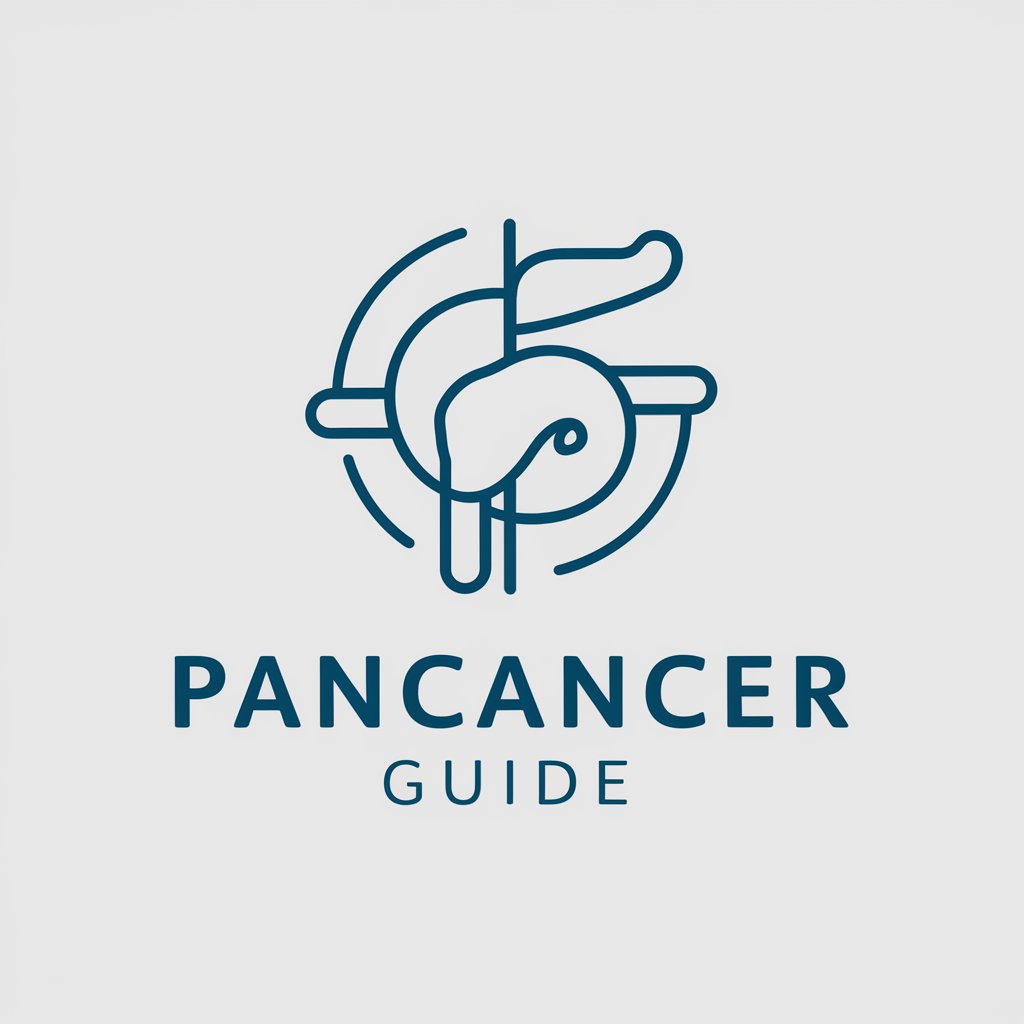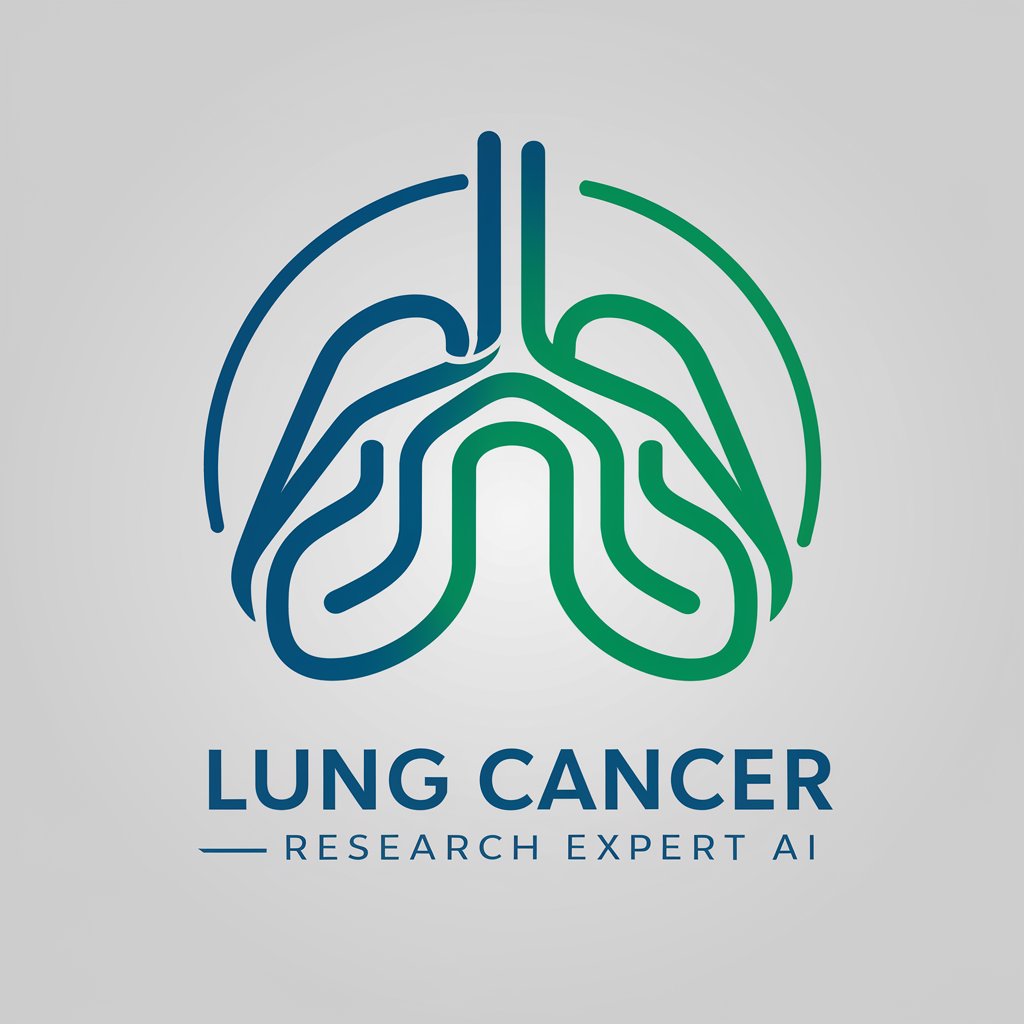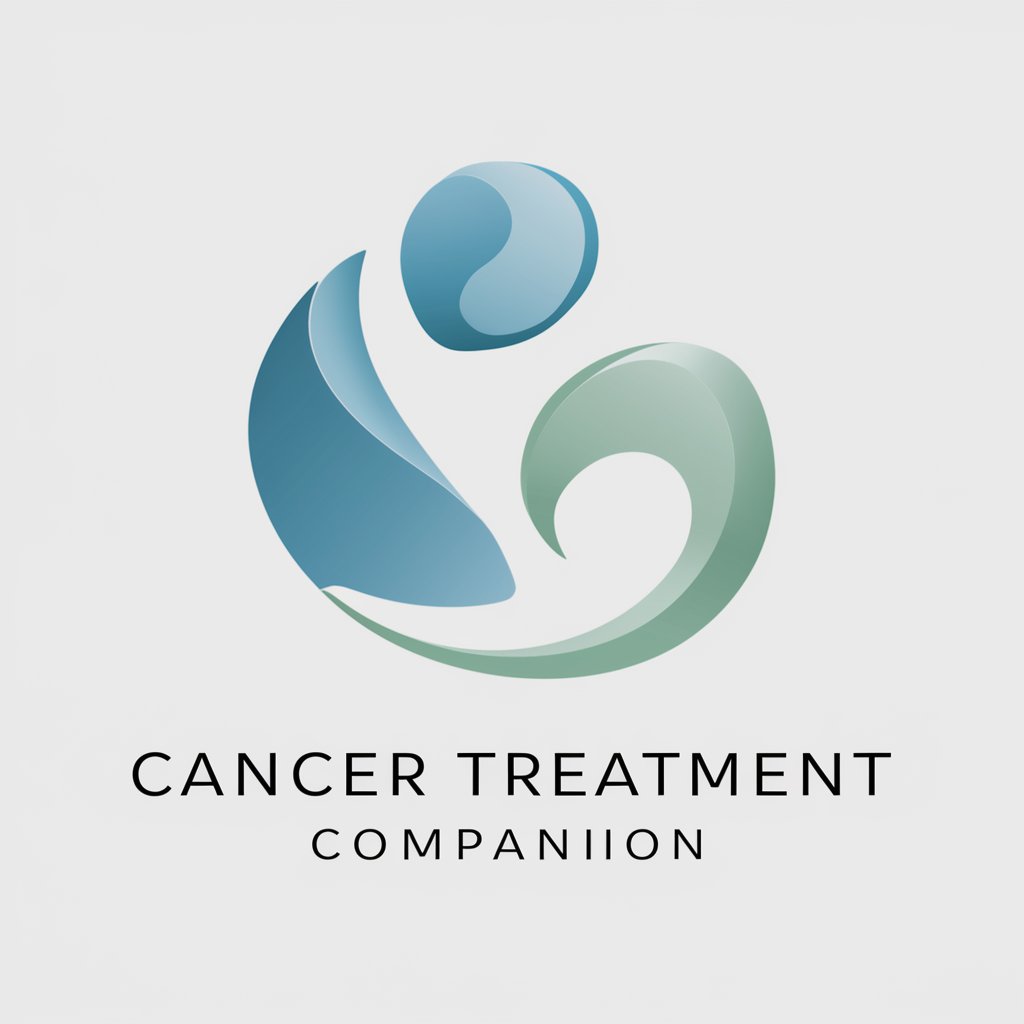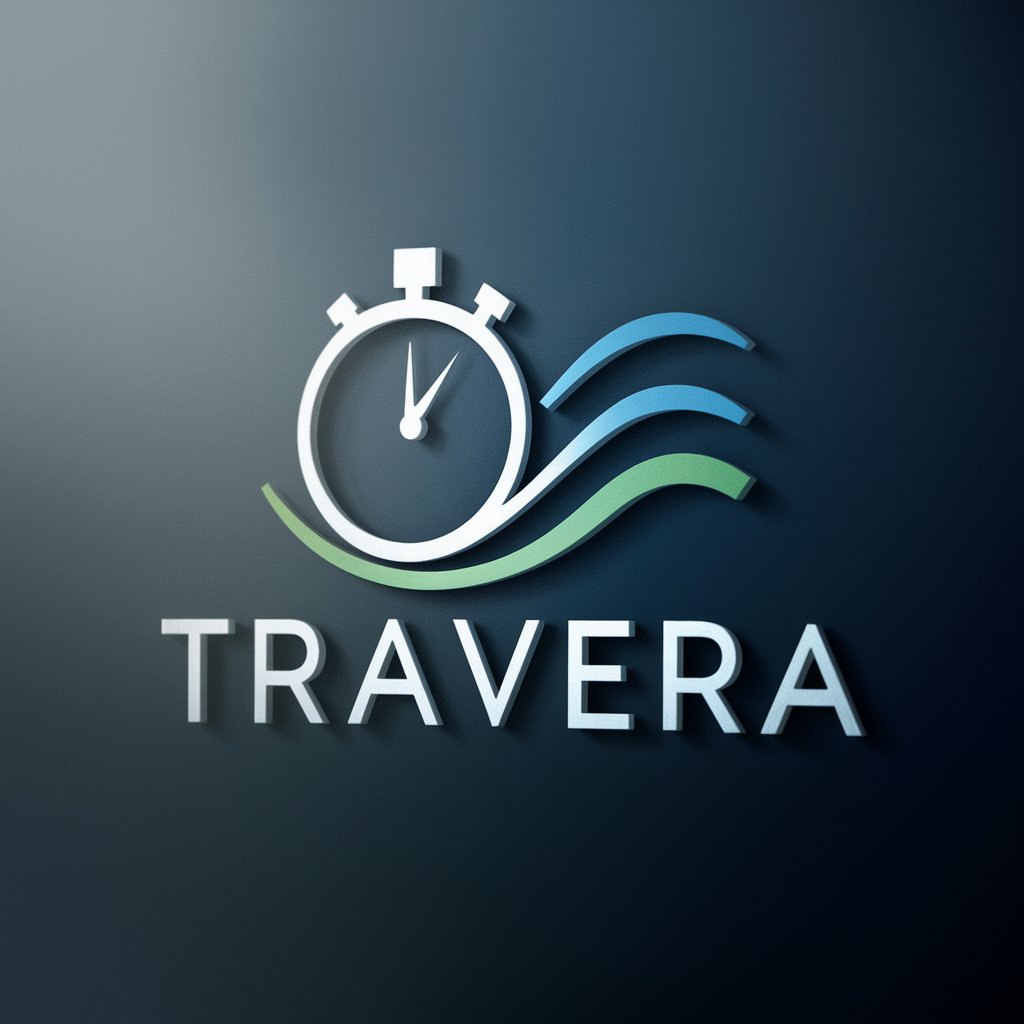
Thoracic Cancer Guide - Expert Thoracic Oncology Guidance

Hello! I'm here to assist with thoracic malignancy staging and information.
Empowering Oncology Decisions with AI
What are the latest guidelines for lung cancer staging?
Can you explain the TNM staging for esophageal cancer?
What are the treatment options for stage II thymoma?
How does staging affect prognosis in thoracic cancers?
Get Embed Code
Overview of Thoracic Cancer Guide
Thoracic Cancer Guide is a specialized digital tool designed to assist medical practitioners in the diagnosis, staging, and treatment of thoracic cancers, including esophageal cancer, lung cancer, and thymoma. Developed with a foundation in the AJCC 8th edition guidelines, this guide synthesizes complex clinical data, such as CT scans, PET-CT results, and EUS findings, to offer precise, actionable insights. By integrating the latest research and clinical guidelines, it provides up-to-date recommendations tailored to individual patient cases. For instance, a doctor treating a patient with early-stage lung cancer can use the guide to determine the most appropriate surgical options or to identify when neoadjuvant therapy might offer better outcomes. Similarly, for advanced esophageal cancer, the guide could suggest tailored chemoradiotherapy plans based on specific tumor characteristics and patient health status. Powered by ChatGPT-4o。

Core Functions of Thoracic Cancer Guide
Staging and prognosis assessment
Example
For a patient with non-small cell lung cancer, the guide can analyze imaging and biopsy results to provide a precise TNM staging, which then informs prognosis and potential treatment paths.
Scenario
A thoracic surgeon uses the guide to input data from a patient's latest PET-CT scan and biopsy to determine the cancer's stage. The guide's output helps in planning the extent of surgical intervention needed.
Treatment recommendation
Example
Based on a patient's specific stage of esophageal cancer and overall health, the guide recommends a personalized treatment plan, which could include surgery, chemotherapy, radiation therapy, or a combination thereof.
Scenario
An oncologist inputs patient data into the guide, which then suggests a neoadjuvant chemotherapy regimen before surgery, considering the tumor's location and the patient's nutritional status.
Follow-up and monitoring strategy
Example
After initial treatment, the guide advises on surveillance strategies, identifying when imaging or endoscopic evaluations should be performed to monitor for recurrence.
Scenario
Following a patient's esophagectomy, a medical team uses the guide to establish a timeline for follow-up PET-CT scans and endoscopies, tailored to the patient's specific risk factors for recurrence.
Target User Groups for Thoracic Cancer Guide
Thoracic Surgeons
Surgeons specializing in thoracic procedures will find the guide invaluable for pre-operative planning and deciding on the surgical approach, based on precise cancer staging and patient health assessment.
Medical Oncologists
Oncologists can utilize the guide to tailor chemotherapy and radiation therapy plans, ensuring they are aligned with the latest evidence-based protocols and customized to the patient's specific cancer stage and health status.
Pulmonologists
Specialists in lung diseases benefit from the guide's ability to integrate diagnostic findings into a cohesive picture, aiding in the early detection of lung cancer and the management of complex cases.

How to Use Thoracic Cancer Guide
1
Start your journey by visiting yeschat.ai to explore Thoracic Cancer Guide with a free trial, no login or ChatGPT Plus subscription required.
2
Prepare your medical data related to thoracic cancers, such as CT scans, PET-CT results, and EUS findings, for precise analysis and guidance.
3
Navigate to the Thoracic Cancer Guide section and input your detailed medical data or specific questions related to esophageal cancer, lung cancer, or thymoma.
4
Utilize the detailed feedback and information provided by Thoracic Cancer Guide to plan diagnostics, staging, or treatment strategies.
5
For continuous learning and updates, engage with the tool frequently to stay informed about the latest guidelines and treatment options.
Try other advanced and practical GPTs
SEO Algorithms
Elevate Your SEO with AI Power

Virtual Legal Advisor Grenada
Empowering Legal Understanding with AI

Memory Mate
Empowering your day with AI

Hospitality Business Analyst
Optimize with AI-Powered Hospitality Insights

Digital Literacy & Internet Skills Coach
Empowering your digital journey with AI

Idea Critique Expert GauravGPT
Elevate Your Ideas with AI-Powered Critique

Thay GPT
Embrace mindfulness, discover peace.

Tale Spinner
Crafting personalized stories with AI

Psychology Specially Trained Academic Enhancer
Elevate Your Academic Writing with AI
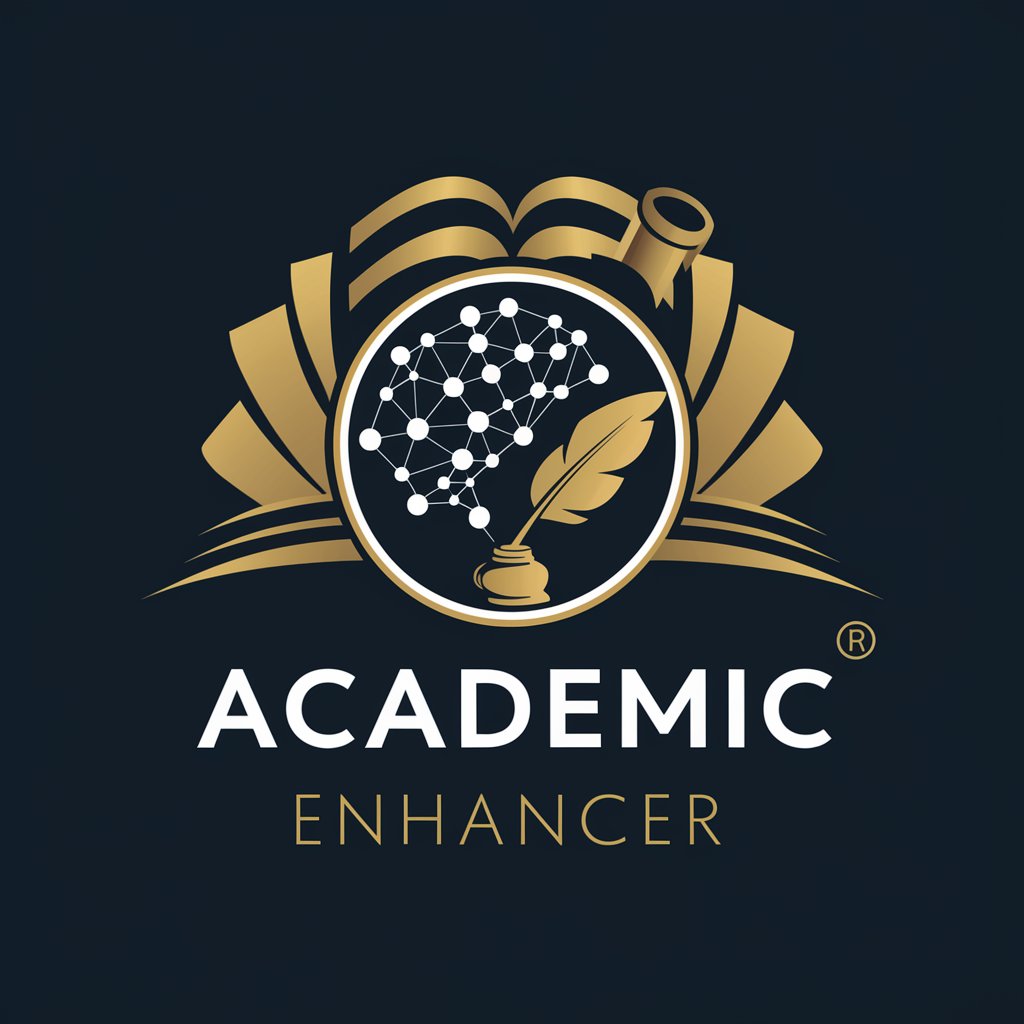
Blue
Empowering creativity with AI precision.

Go Blue
Master Michigan Football with AI-powered Insights

Blue Agave
Elevate Your Tequila Journey with AI

Frequently Asked Questions about Thoracic Cancer Guide
What types of thoracic cancers does the Guide cover?
Thoracic Cancer Guide focuses on esophageal cancer, lung cancer, and thymoma, providing detailed guidance on staging, diagnosis, and treatment based on the latest AJCC 8th edition guidelines.
Can Thoracic Cancer Guide interpret medical imaging data?
Yes, it can offer guidance based on the interpretation of medical images like CT scans, PET-CT results, and EUS findings, when provided with detailed descriptions of such data.
How up-to-date is the information provided by Thoracic Cancer Guide?
The guide is regularly updated to reflect the latest research, treatment protocols, and AJCC 8th edition guidelines for thoracic cancers.
Is Thoracic Cancer Guide suitable for patient education?
While primarily designed for medical practitioners, the tool can be used to generate patient-friendly explanations of complex medical conditions and treatments.
How can Thoracic Cancer Guide assist in treatment planning?
It provides evidence-based treatment options and strategies, considering the latest guidelines and the specifics of the patient's disease stage and medical condition.
